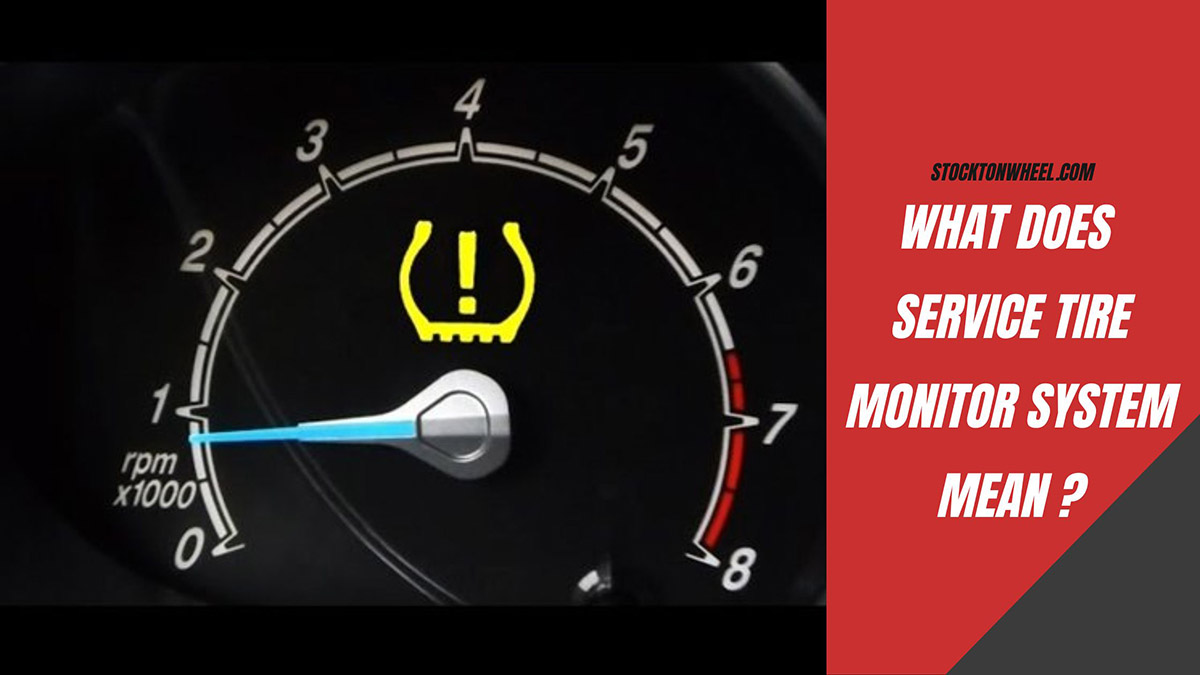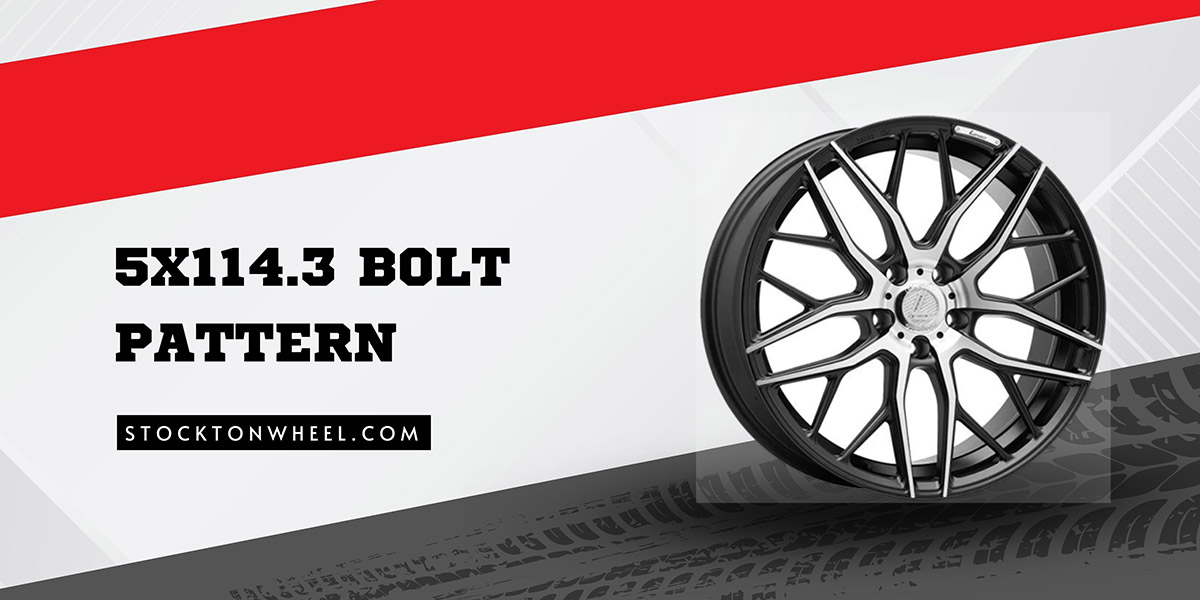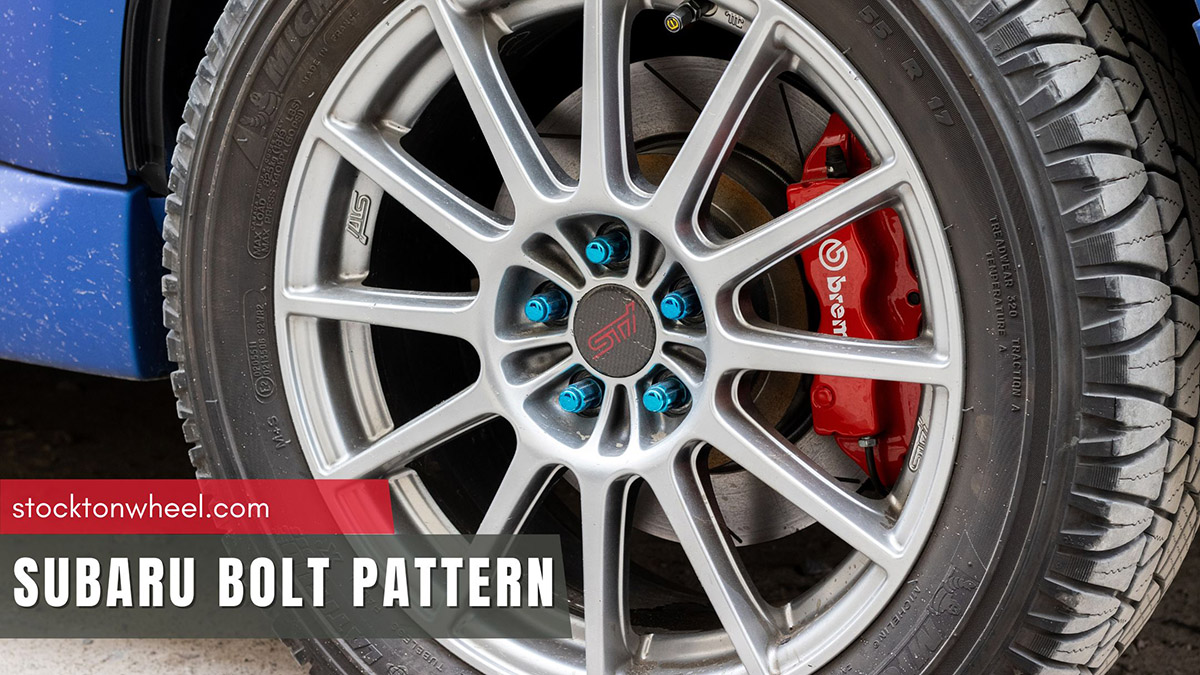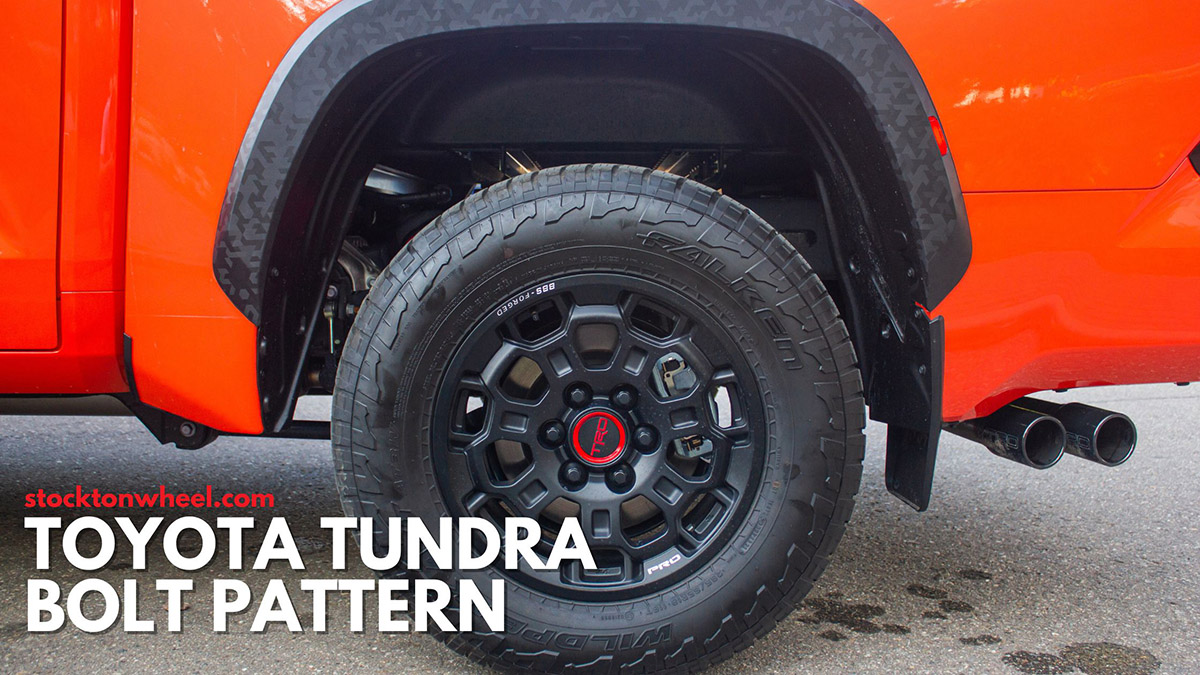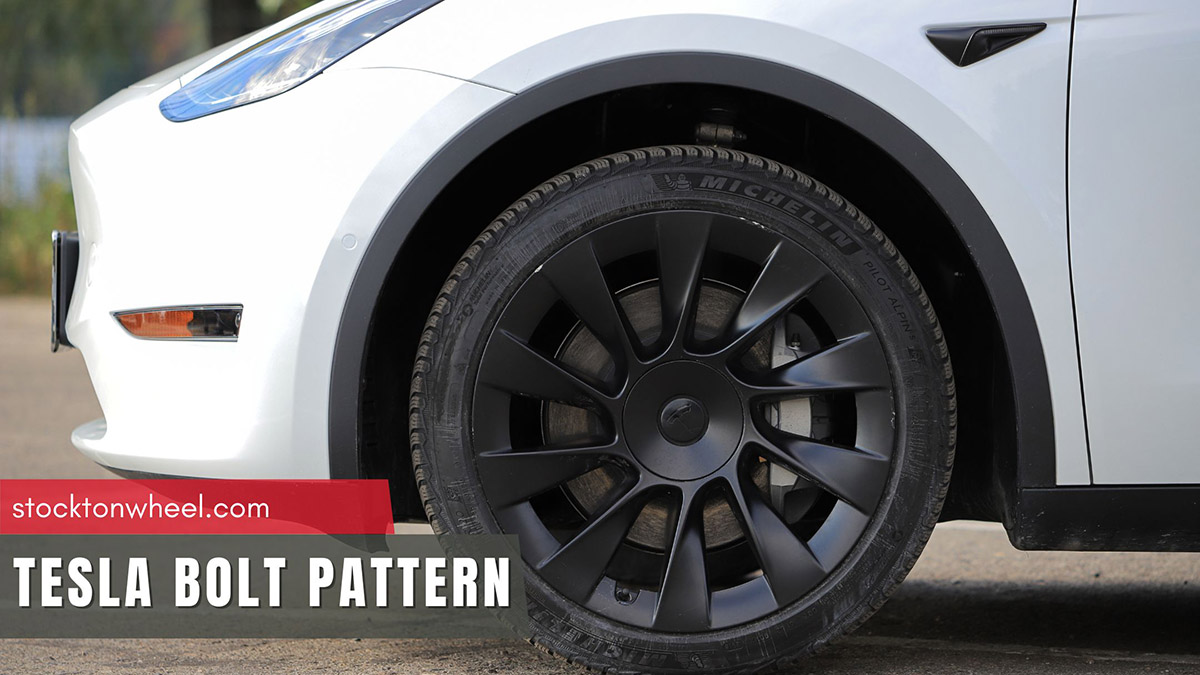Tire pressure monitoring systems (TPMS) are an essential safety feature in modern cars. They help to ensure that your tires are properly inflated, which can improve fuel efficiency, handling, and braking performance.
But what does it mean when the service tire pressure system warning light illuminates? In this article, we’ll explain the most common causes of this tire light and tell you what to do.
In this article:
Service Tire Monitoring System Meaning
The service tire monitor light indicates a fault in your car’s tire pressure monitoring system (TPMS). This could signify one of two things: either one or more of your tires require proper inflation, or there is an issue with the TPMS system itself.
In this situation, it’s essential to check the tire pressure in all four tires promptly.
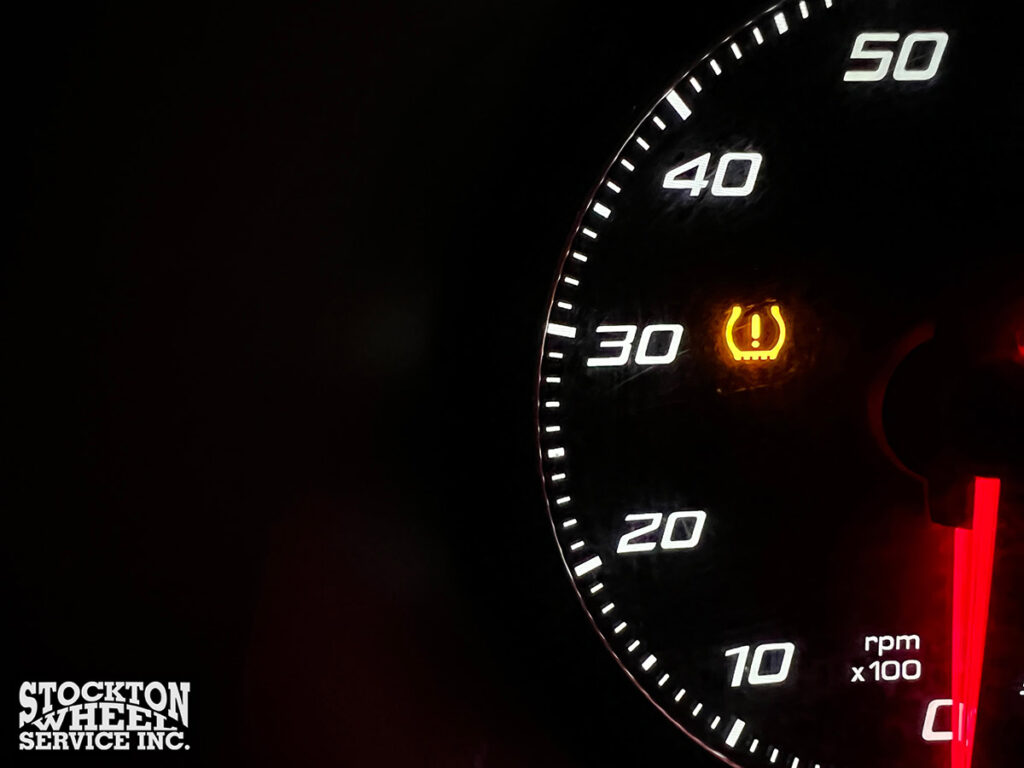
2 Different Types Of Service Tire Monitor Light
There are two main types of TPMS warning lights: flashing and steady. A flashing TPMS warning light can indicate either a problem with the TPMS system itself or significantly underinflated tire(s). Meanwhile, a steady warning light suggests that one or more of your tires is underinflated.
Flashing Light
A flashing TPMS warning light usually blinks for 60-90 seconds and then stays on. It signals a problem with the TPMS system itself, such as faulty sensors, damaged wires, or a problem with the TPMS control module.
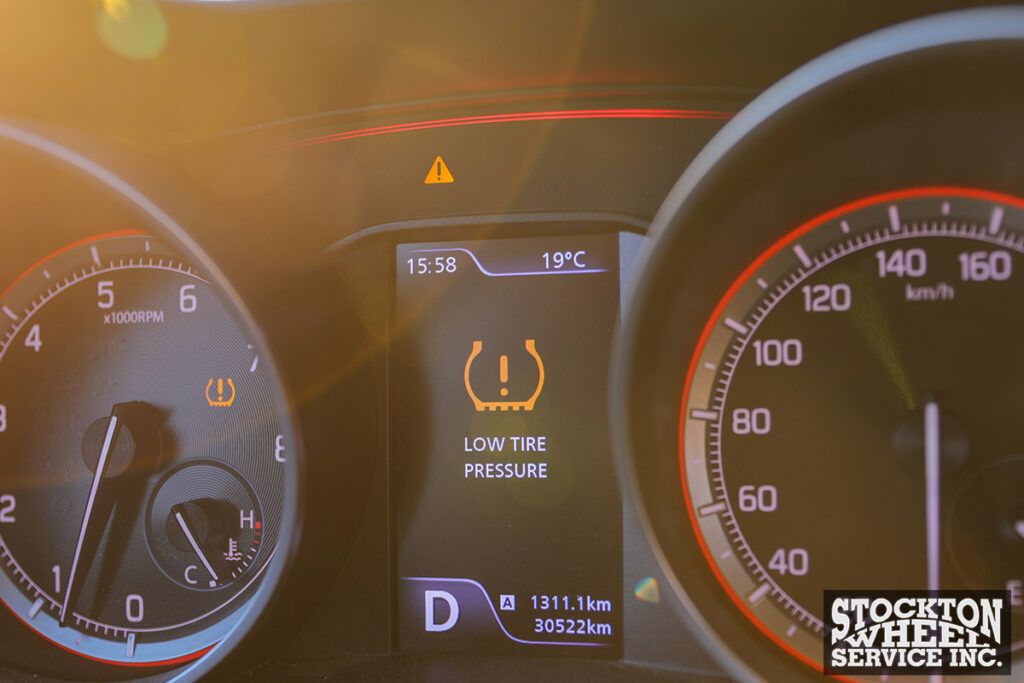
You might also notice a flashing light if the car has been in a collision or if the tires have been rotated or replaced recently. In any case, it’s advisable to have the TPMS system inspected by a qualified technician.
Driving with a faulty tire monitor system can be dangerous, as you may not be alerted to a low tire pressure condition, potentially resulting in loss of control on the road.
Steady Light
If your TPMS warning light is on and steady, it means that one or more of your tires is underinflated. The light will usually stay on until you correct the tire pressure.
Even when the light goes off, you should still check the tire pressure in all four tires regularly. This is because the TPMS system may not detect small leaks, punctures, or other signs of wear and tear on the tires.
What To Do?
Here are the steps you should take:
Step 1. Find a safe place to pull over. If you are driving at night or on a busy city street, turn on your hazard lights and interior lights and slow down until you can find a safe place to stop.
Step 2. Check the tire pressure in all four tires. Use a tire pressure gauge to check the PSI in each tire and compare it to the recommended pressure, which can be found in the owner’s manual or on the doorjamb.
Step 3. Pump any tire that is underinflated until it reaches the recommended PSI.
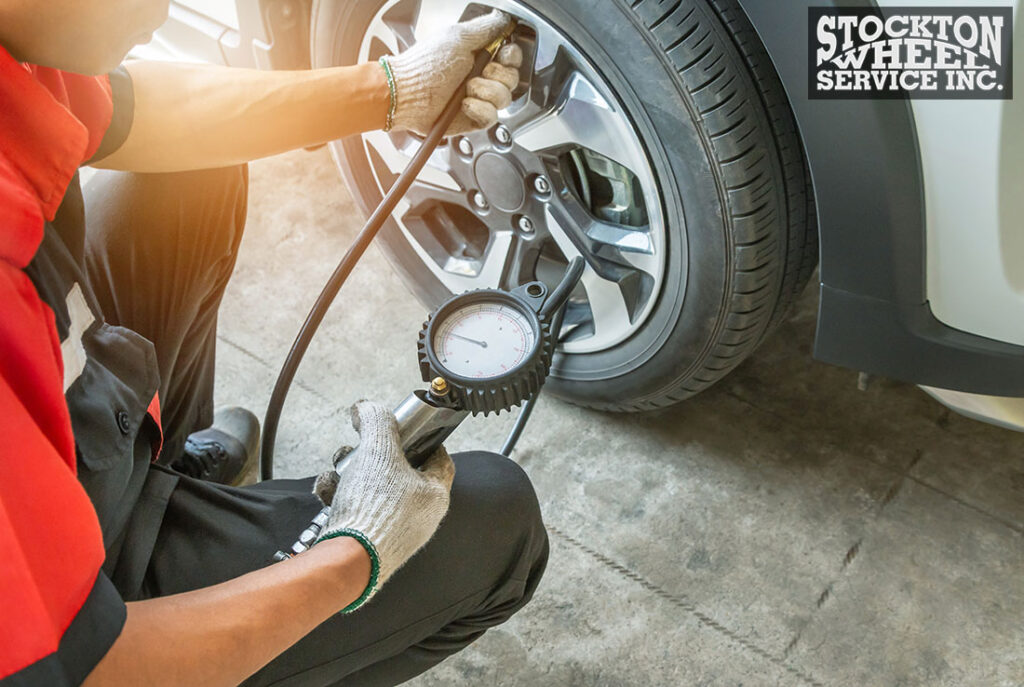
Step 4. Once done with step 3, you may need to reset the TPMS system. This process might differ with the car’s make and model, so consult your owner’s manual for instructions.
If the tire pressure monitor light keeps flashing or reappearing after you’ve reset the TPMS system, it’s a sign that there’s a problem with the tire sensor system itself. Take your car to a reputable repair shop to have the TPMS system inspected and repaired by a qualified technician.
How To Service Tire Monitor System?
Servicing the tire pressure system regularly can keep the sensors clean and debris-free, ensuring proper function and preventing flat tires or blowouts.
It is recommended to have the TPMS system inspected and serviced by a qualified technician at least once a year. However, you may need more frequent servicing if you live in a cold climate or regularly drive in harsh conditions.
While it’s possible to service your TPMS yourself, note that doing so may void your car’s warranty. Below are 9 simple steps to do this task:
Step 1. Check your tire pressure using a specialized pressure gauge, available at most auto parts stores.
Step 2. Locate your TPMS sensors. Look for a small black or silver cap with the TPMS logo on the valve stem of each tire.
Step 3. Use a TPMS sensor tool to remove the sensors from the valve stems. Be careful not to exert too much force, or it may damage the parts.
Step 4. Look for any signs of damage, such as cracks or dents, and replace the sensors if needed.
Step 5. Replace your tire sensor batteries (if necessary). Battery life typically lasts 5-7 years. If the TPMS sensor batteries are low, they will need to be replaced.
Step 6. (Optional) Apply a tire pressure sensor lubricant to prevent the TPMS sensors from sticking to the valve stems.
Step 7. Use the TPMS sensor tool to reinstall the TPMS sensors in the valve stems.
Step 8. Pump all underinflated tires to the recommended PSI.
Step 9. Reset your TPMS system.
What Will Happen If You Don’t Service The System?
If you don’t service the tire pressure monitoring system, negative consequences can occur.
- Flat tires: If you ignore the TPMS warning light, your tires can become underinflated, making them more susceptible to punctures.
- Blowouts: Underinflated tires are more likely to overheat and blow out, especially at high speeds. Blowouts can be dangerous and can make you lose control.
- Reduced fuel efficiency: Underinflated tires have more rolling resistance. Your car will work harder to move forward, reducing the fuel efficiency.
- Premature tire wear: Underinflated tires wear out more quickly than properly inflated tires; you might expect a costly and premature replacement. Also, the rims will have to bear more weight from the car’s body, resulting in dents and damage.
- Safety hazards: Underinflated tires can also affect the handling and braking performance, posing a risk of accidents.
FAQs
How Much Does Replacing The Service Tire Monitor System Chevy Equinox Cost?
The cost to replace the service tire monitor system in a 2023 Chevy Equinox, which has a direct TPMS system, varies depending on the dealership or repair shop you choose. You can expect to pay between $100 and $150 to replace a TPMS sensor on these models.
What Is The Recommended Tire Pressure For My Chevy Equinox?
The recommended tire pressure for your Chevy Equinox can be found on the tire placard located on the driver’s side door jamb. It is mostly 35 PSI for all tires.
What Is The Difference Between A Direct And Indirect TPMS System?
Direct TPMS systems use sensors mounted on each wheel to measure the air pressure in each tire. On the other hand, indirect TPMS systems use the wheel speed sensors to monitor the tire rotation of each wheel.
Direct TPMS systems are more accurate than indirect ones but also more expensive.
Conclusion
TPMS systems are a vital safety feature. You should check your tire pressure regularly, avoid hitting curbs or other objects, keep your TPMS sensors clean and debris-free, and have the TPMS system inspected and serviced by a reputable shop once a year.

